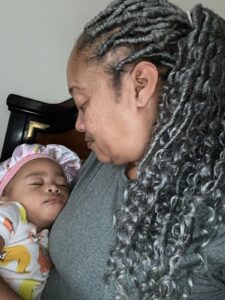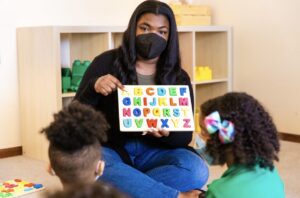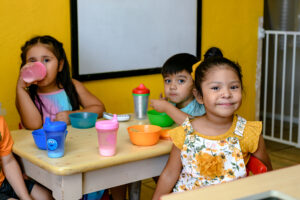
FFN Caregivers: Community Mothers, Leaders and Anchors
In celebration of Women’s History Month, Home Grown and NBCDI share the stories of how as FFN caregivers, women hold up their communities and our nation.

In celebration of Women’s History Month, Home Grown and NBCDI share the stories of how as FFN caregivers, women hold up their communities and our nation.

Home Grown applauds the Biden-Harris administration for proposing an historic investment in child care and early education.

Because of systemic racism’s reach, Black women in the U.S. child care sector often face additional barriers when it comes to advocating for themselves.

Home Grown looks back at the major events in home-based child care in 2022 and shares hopes for the sector’s future in 2023.

The holidays are a time when many people gather around meals to celebrate the season. Home-based child care providers dish up an extra helping of love with celebratory treats and traditions.

Celebrating three years as an organization, we share highlights of the organization’s model for innovation and replication that has positively impacted child care across the nation.

Home Grown Community Outreach Manager Jennifer Newball is a product of FFN care and that’s part of what drives her passion for advocating for home-based child care providers.

The Home Grown Thriving Providers Project, which hopes to inform early childhood policy reforms at both the local and national level through monthly cash payments, is getting national attention for its work.

Learn more about the U.S. DHHS’s Administration for Children and Families’ September 2022 Notices of Funding Opportunities and how they will affect the home-based child care sector.

As one in three child care providers report experiencing hunger, The Healthy Meals, Healthy Kids Act is the latest version of the Child Nutrition Act legislation. Learn more about the details of the policy.